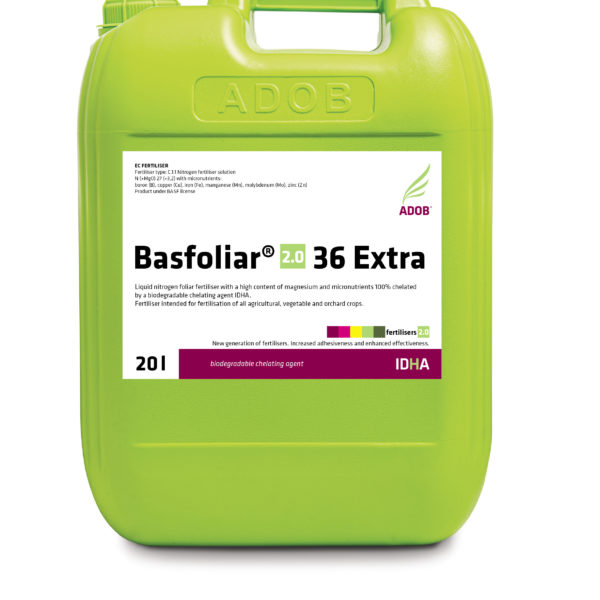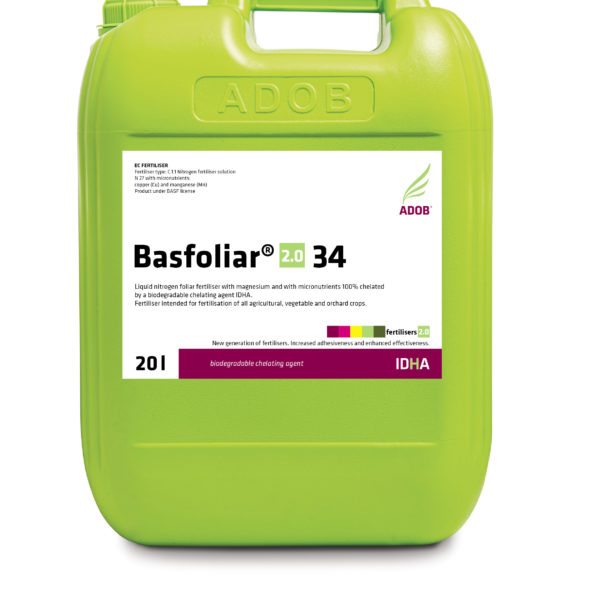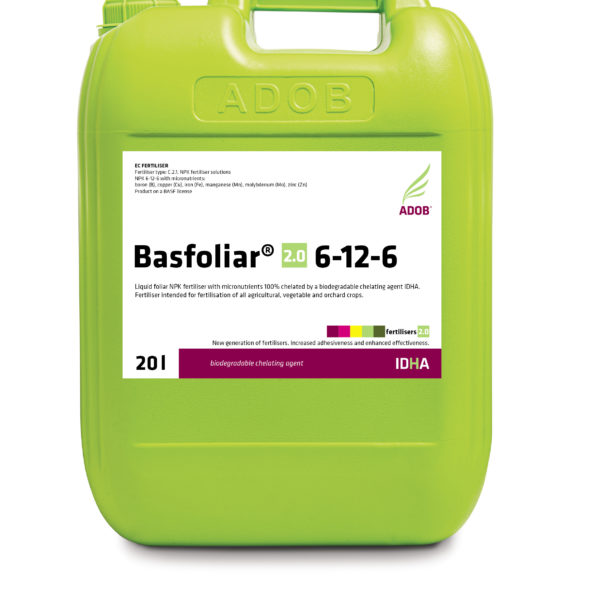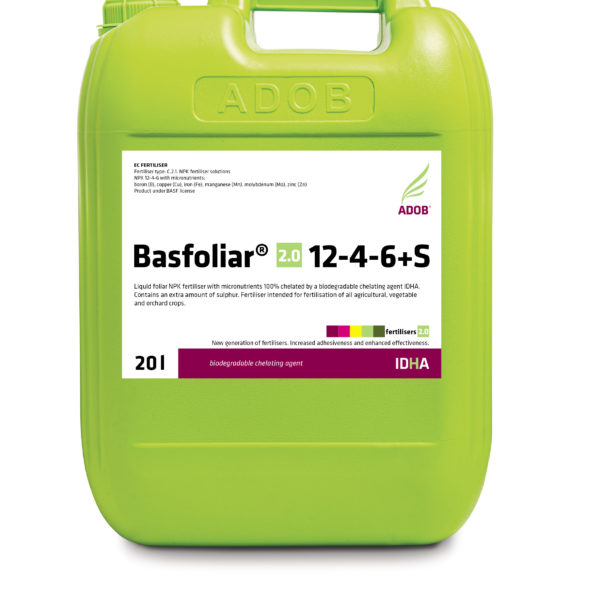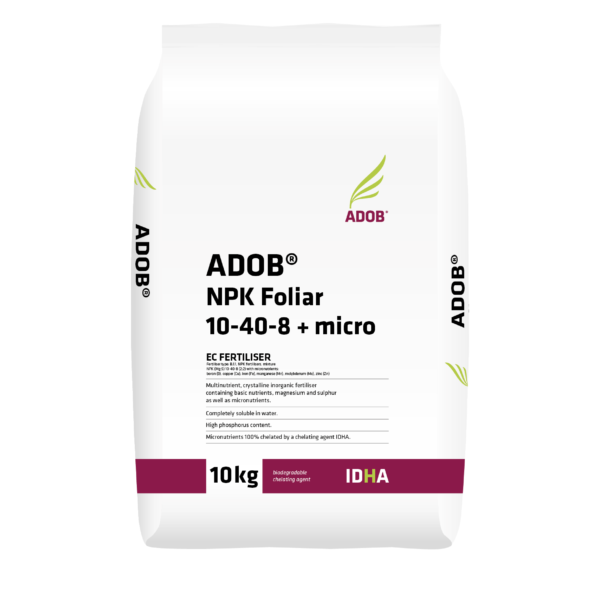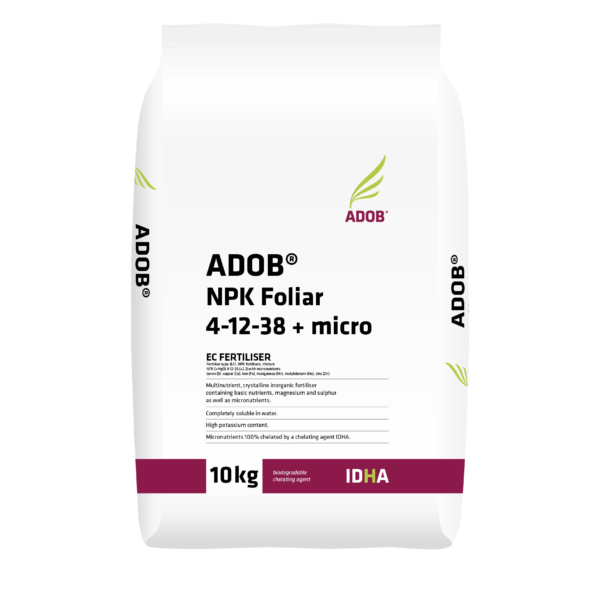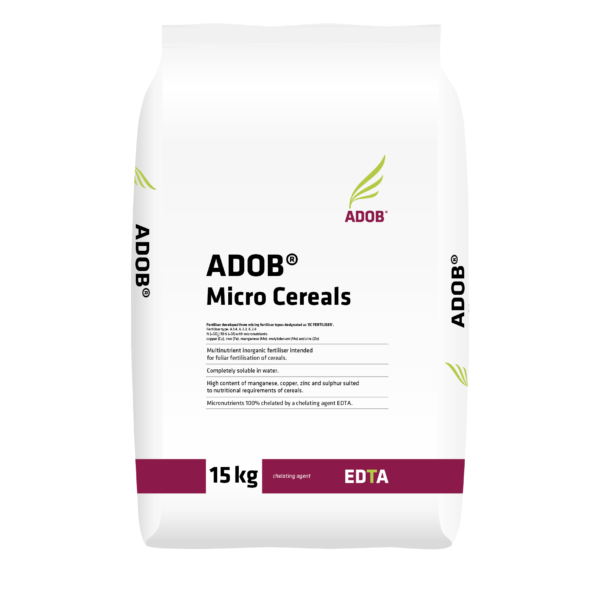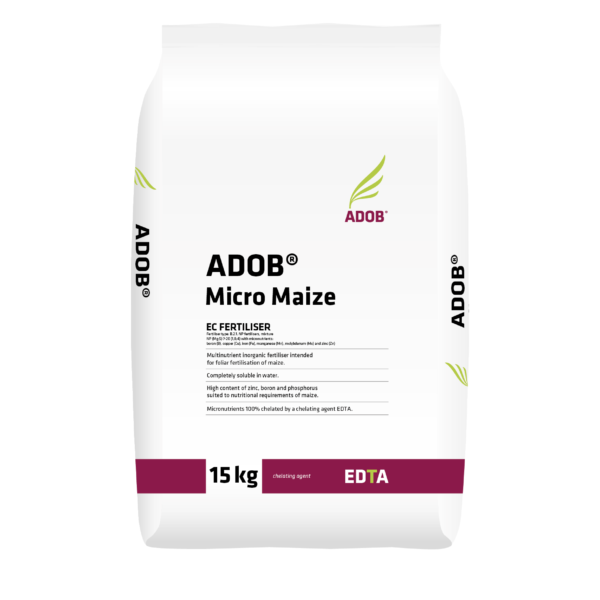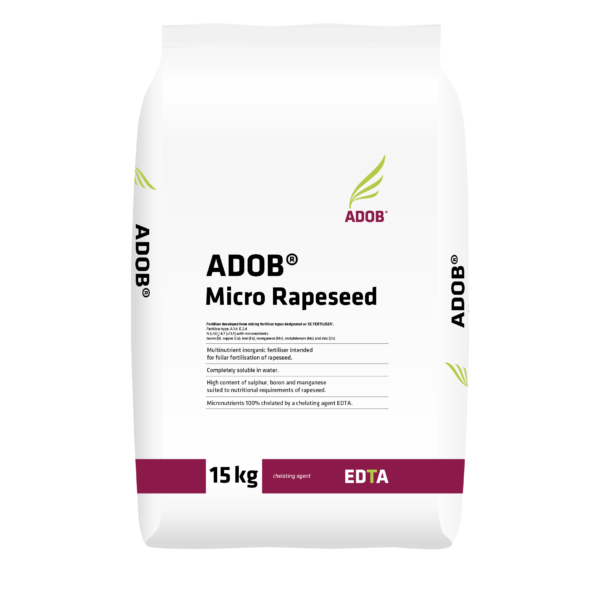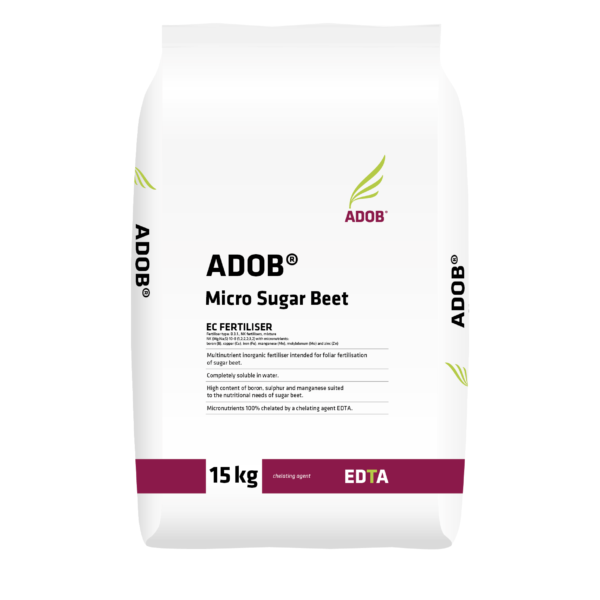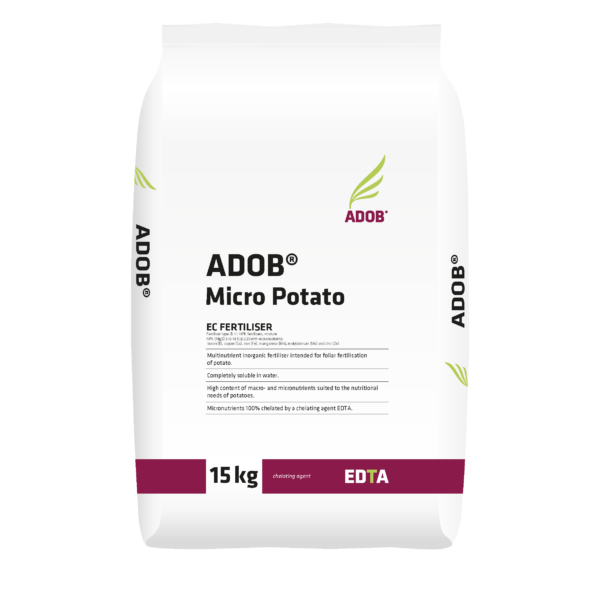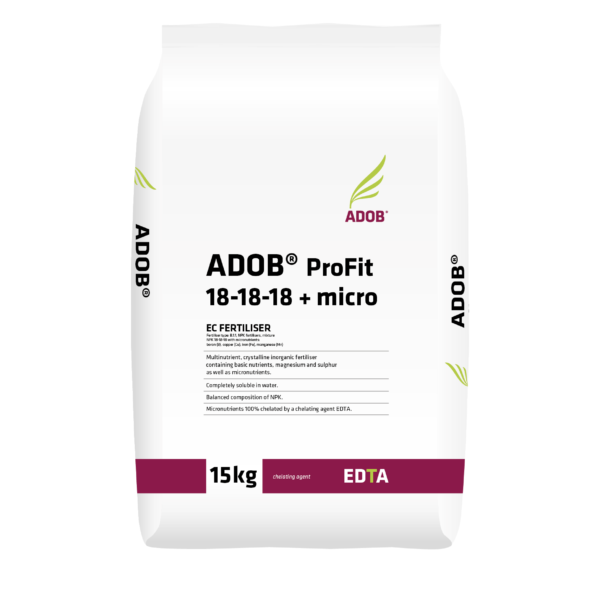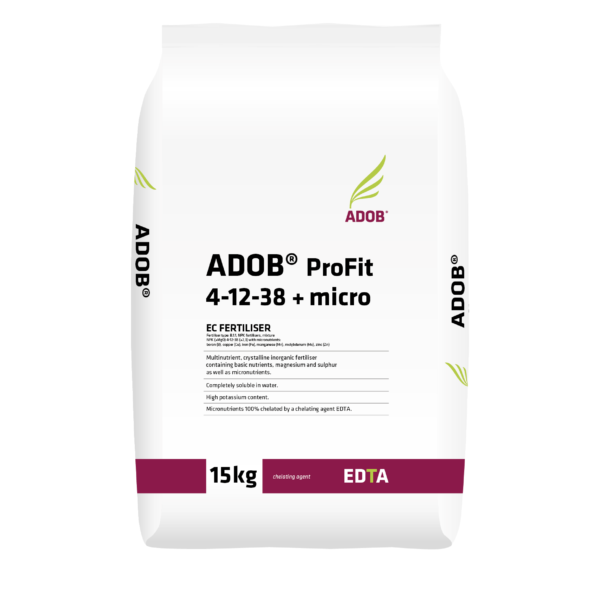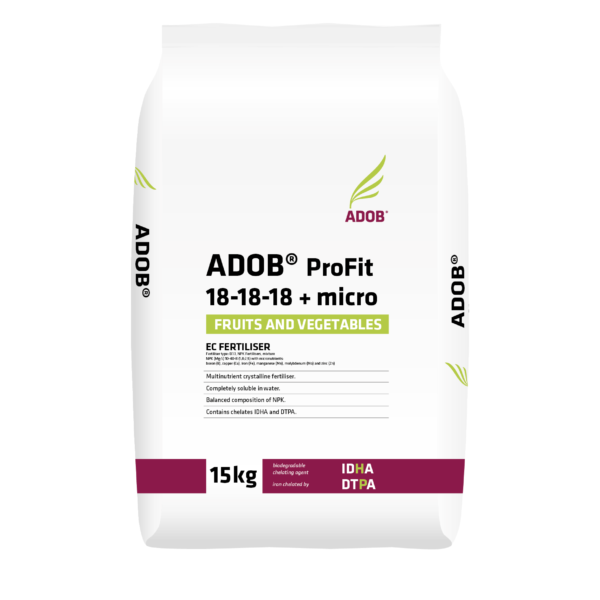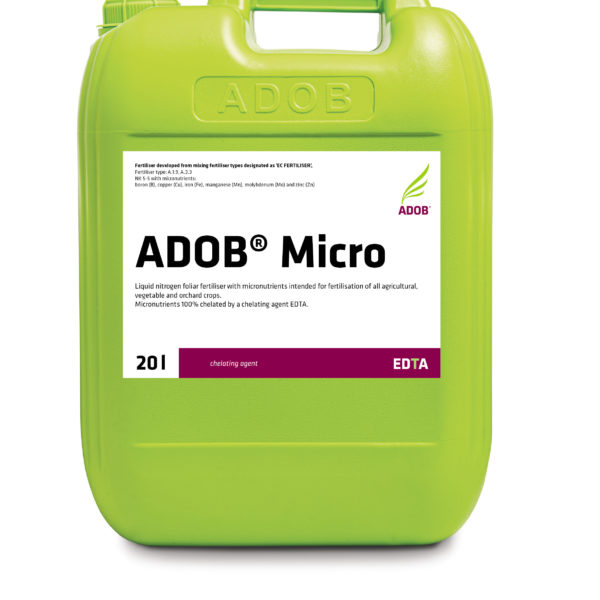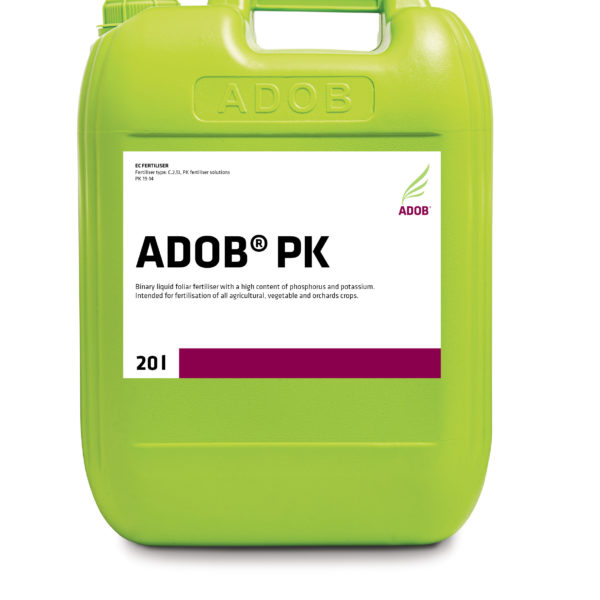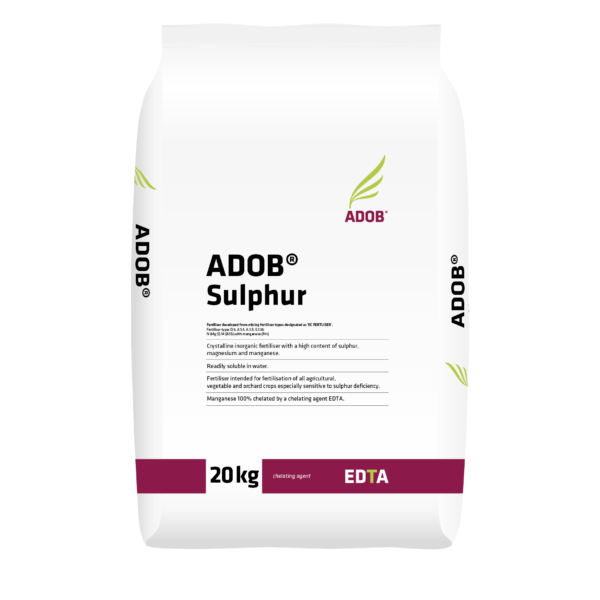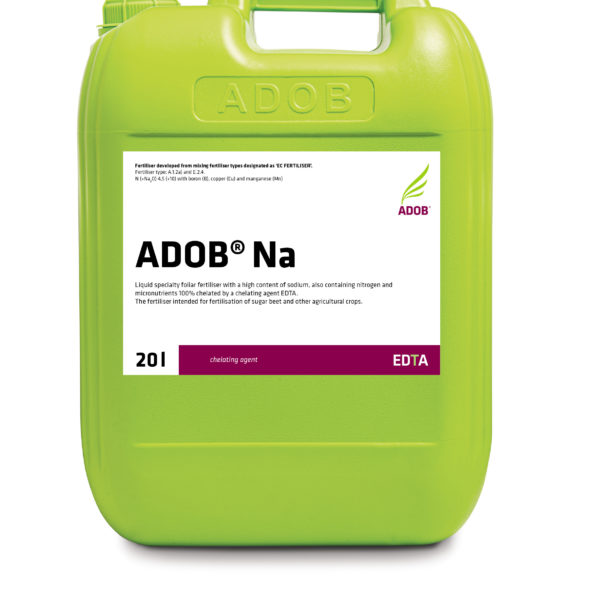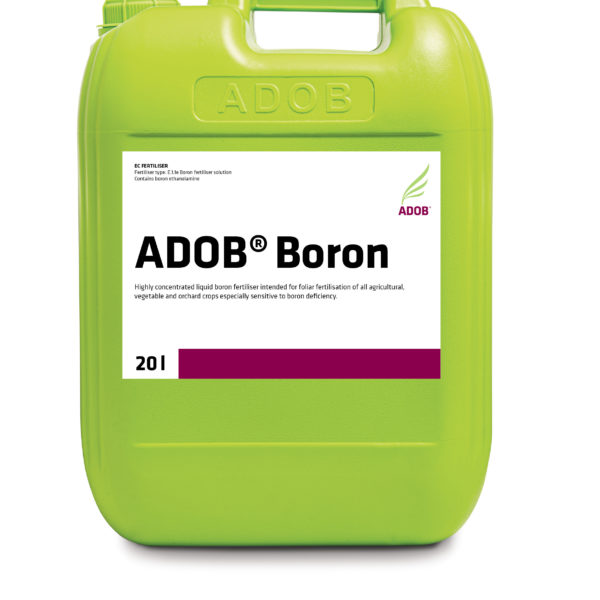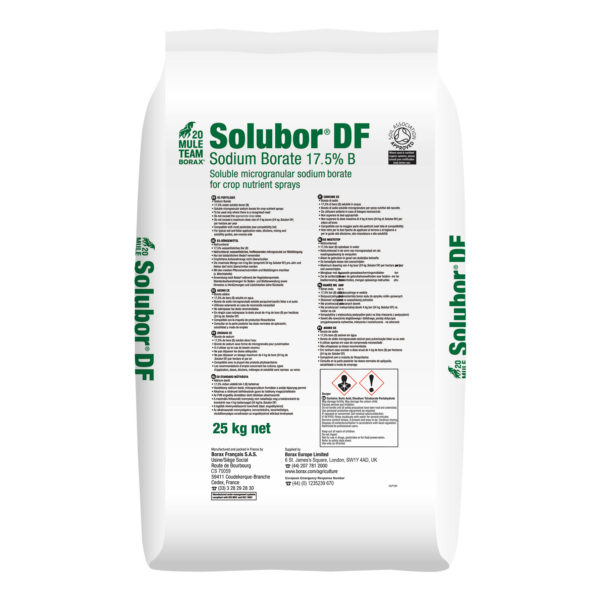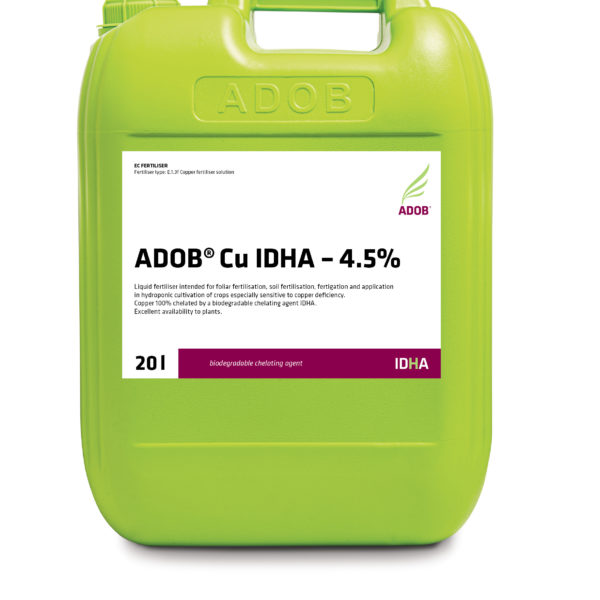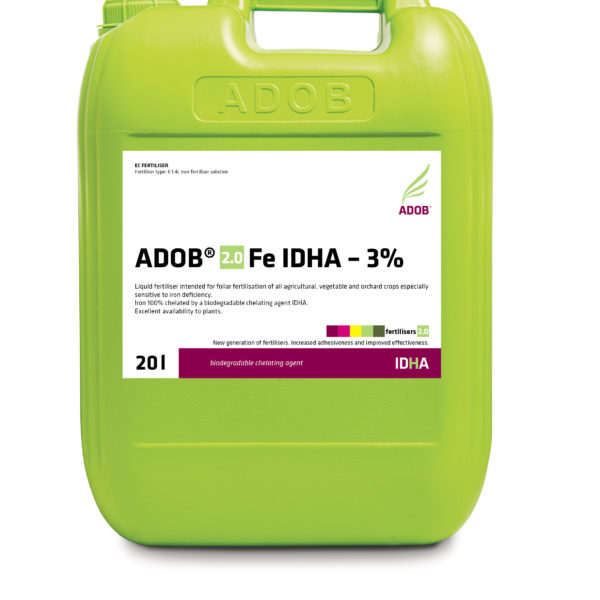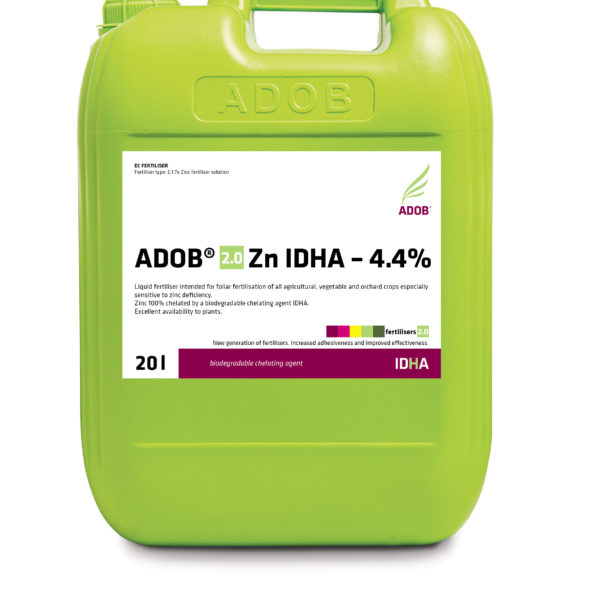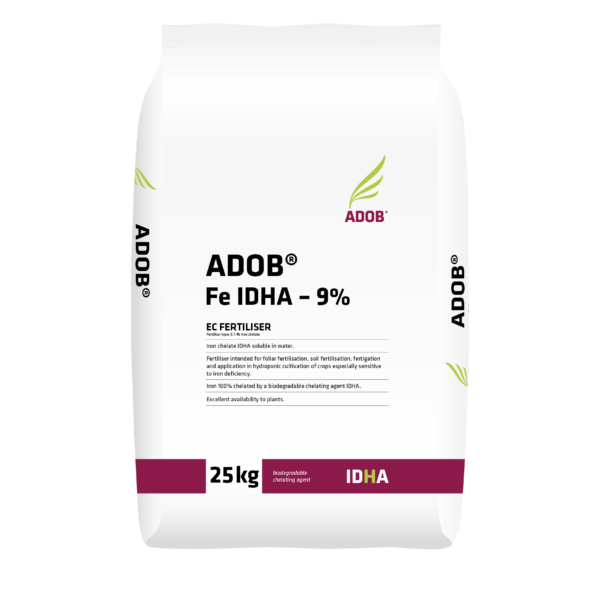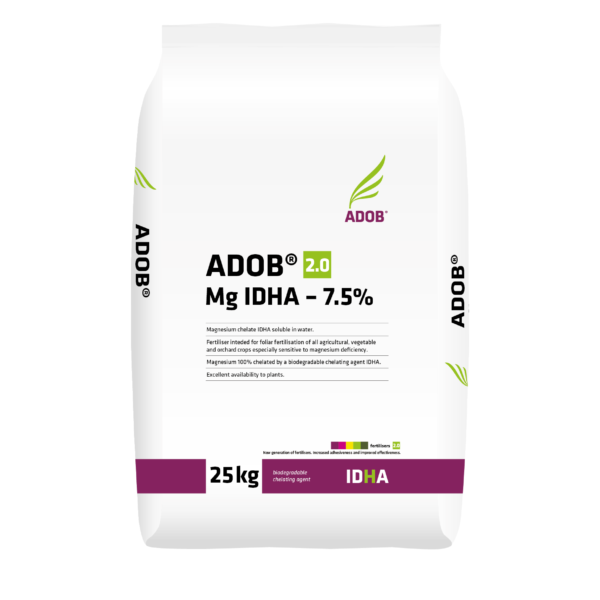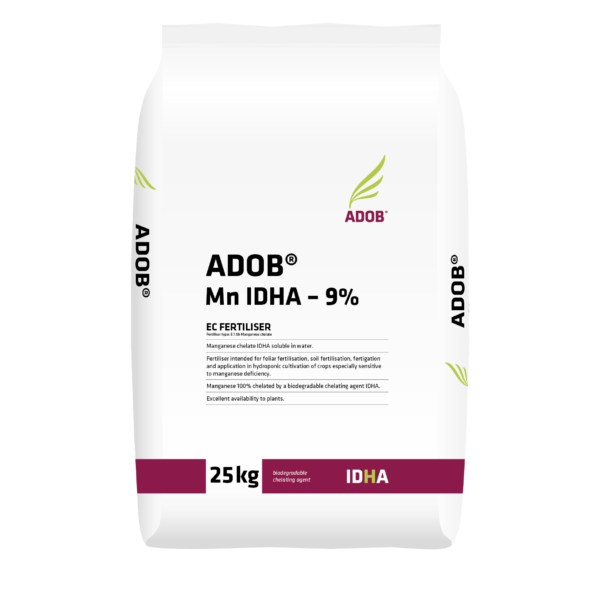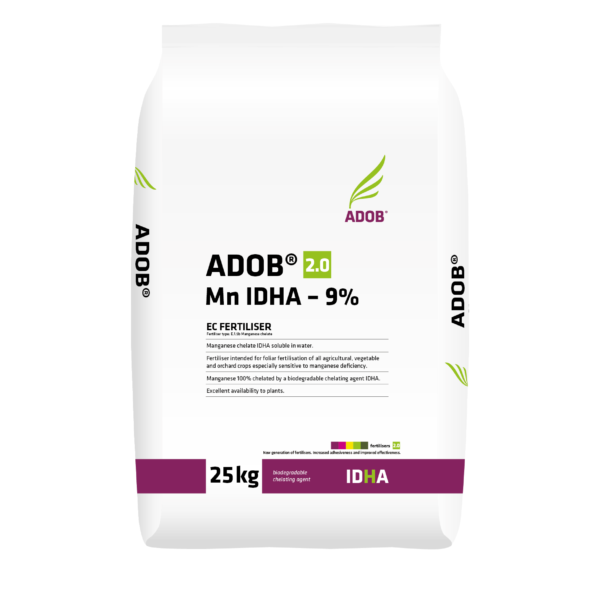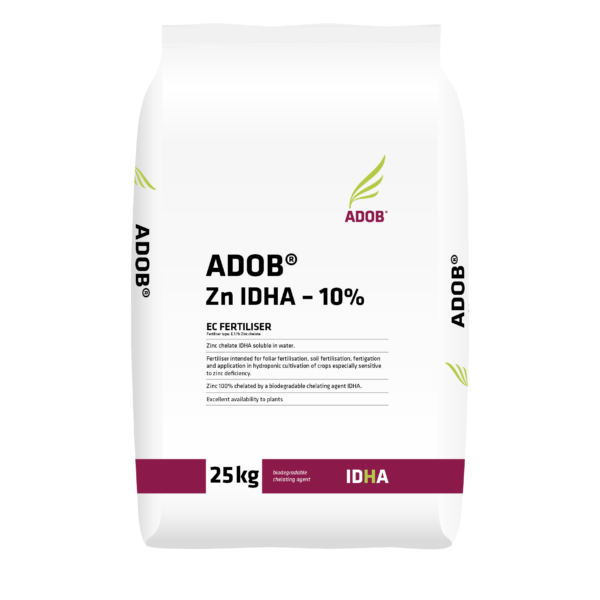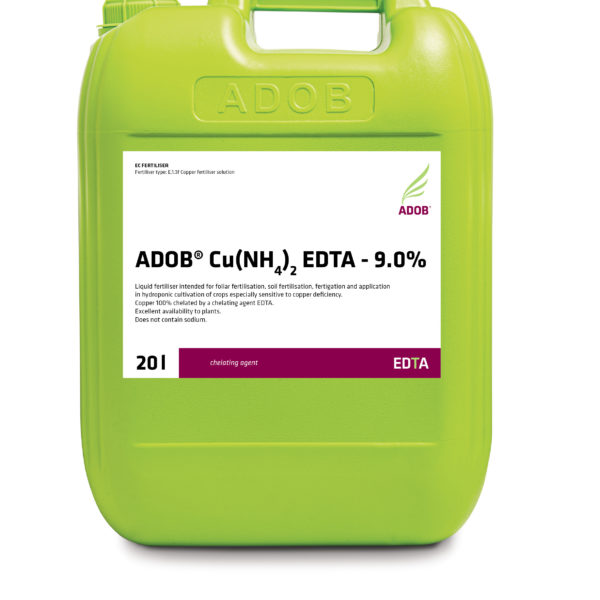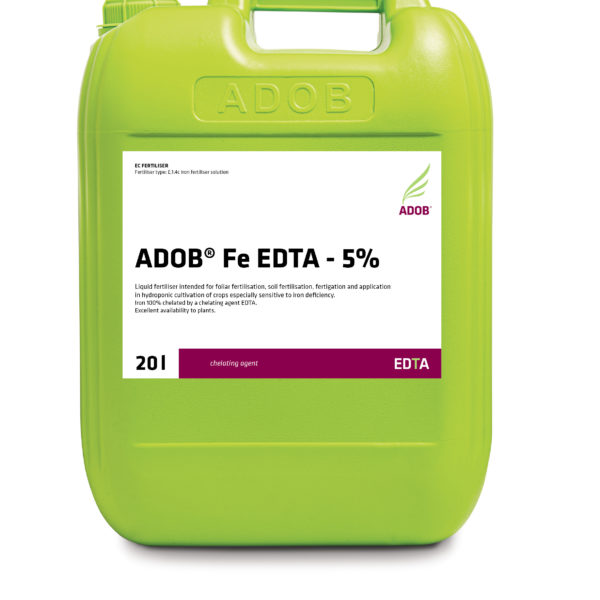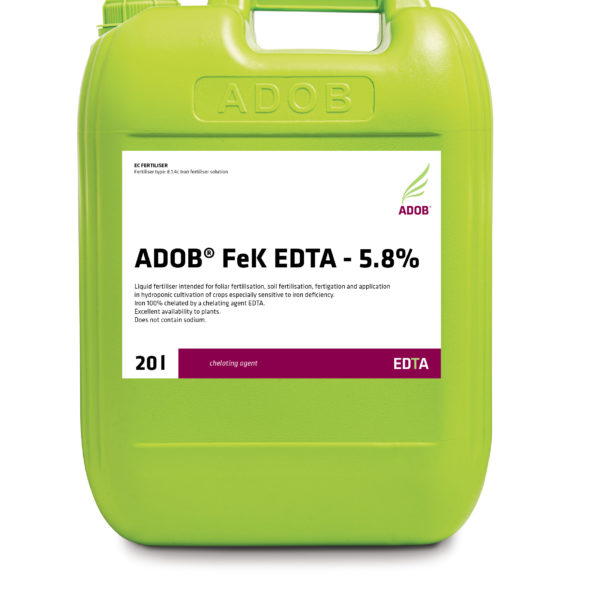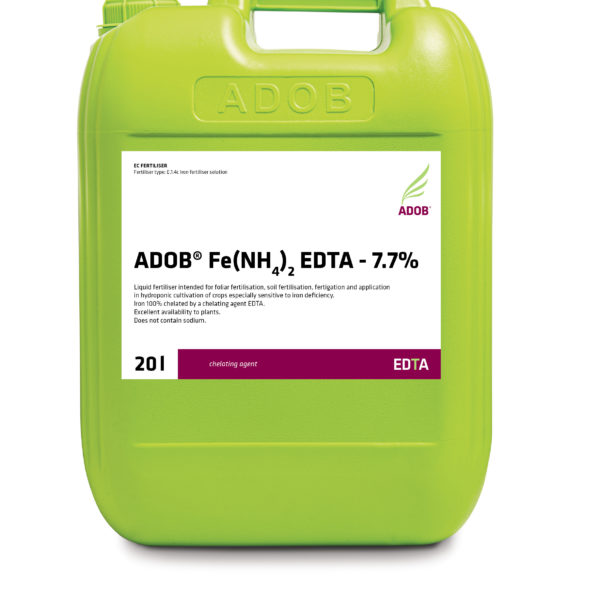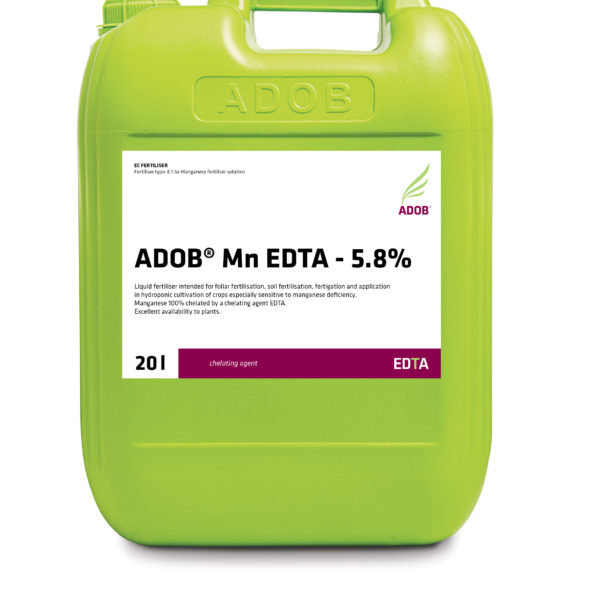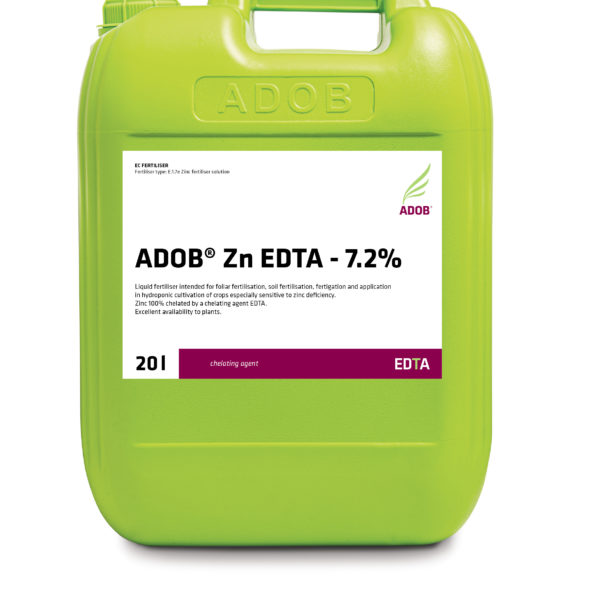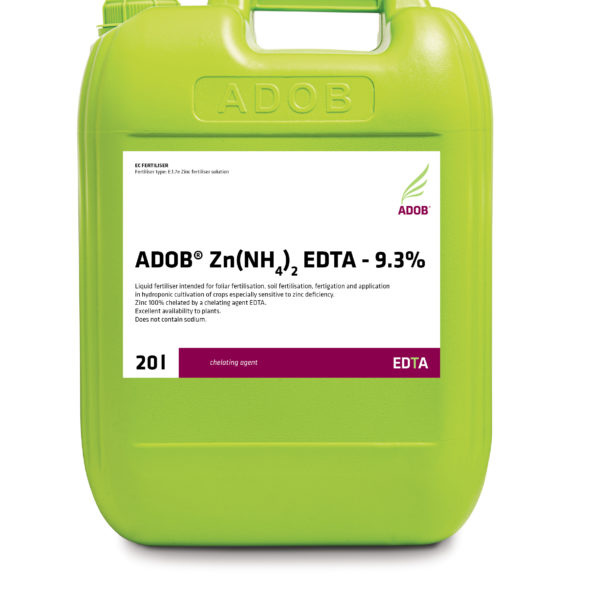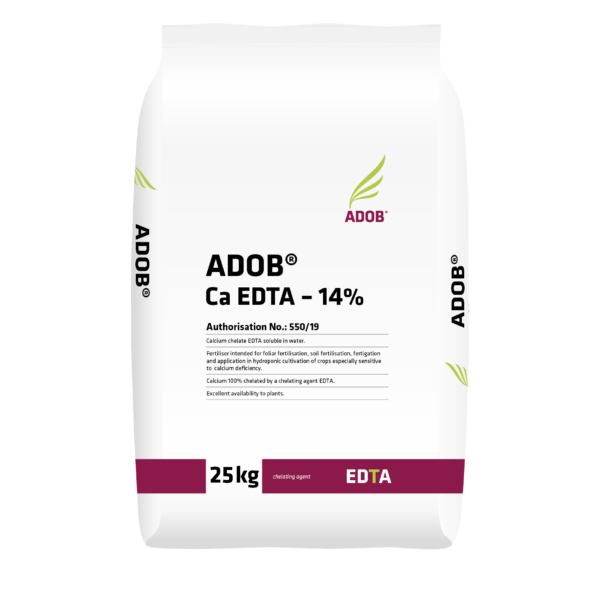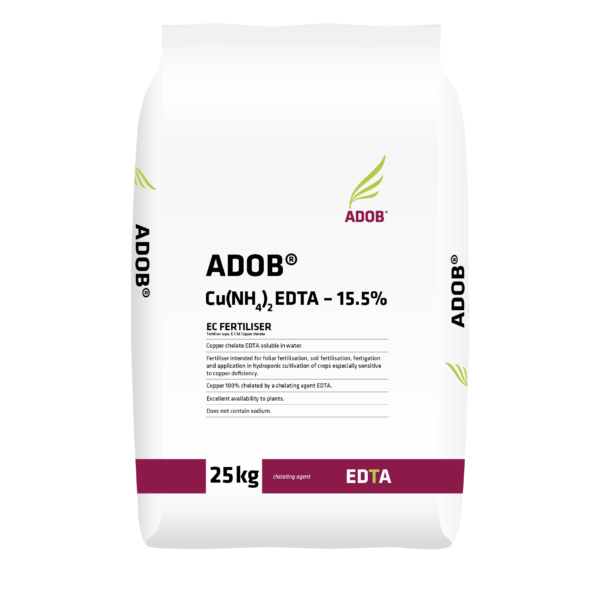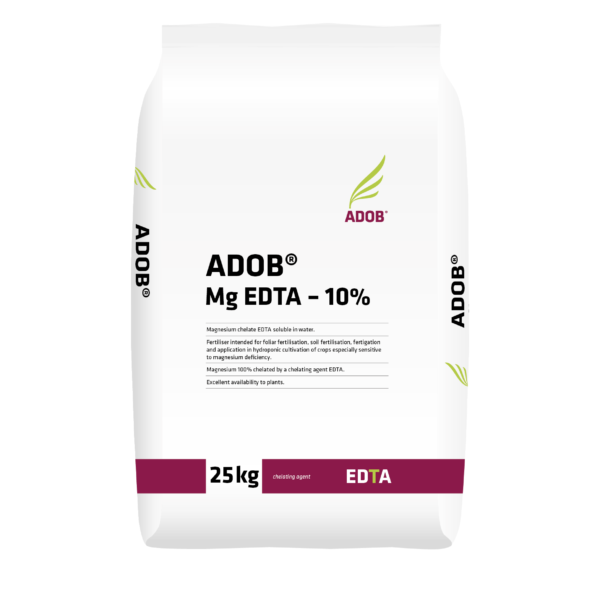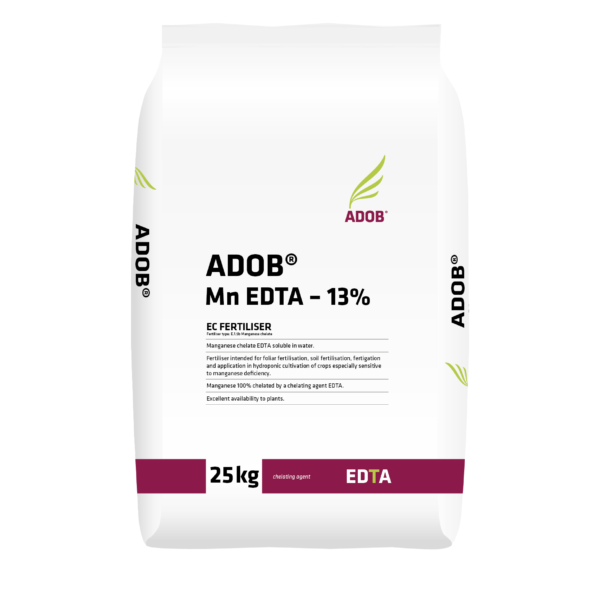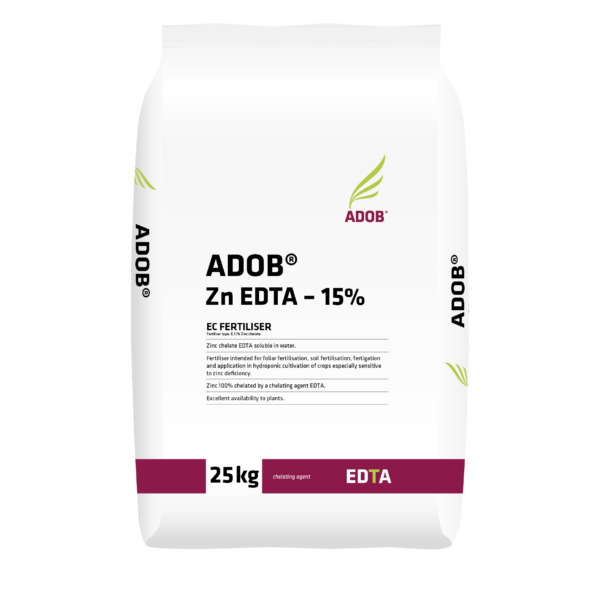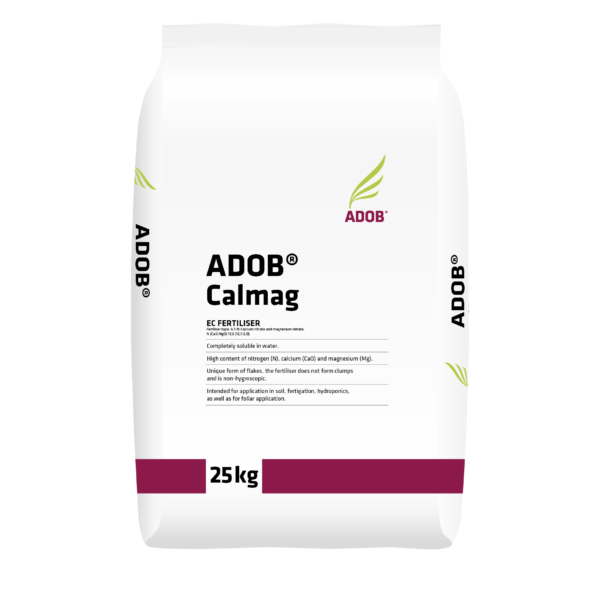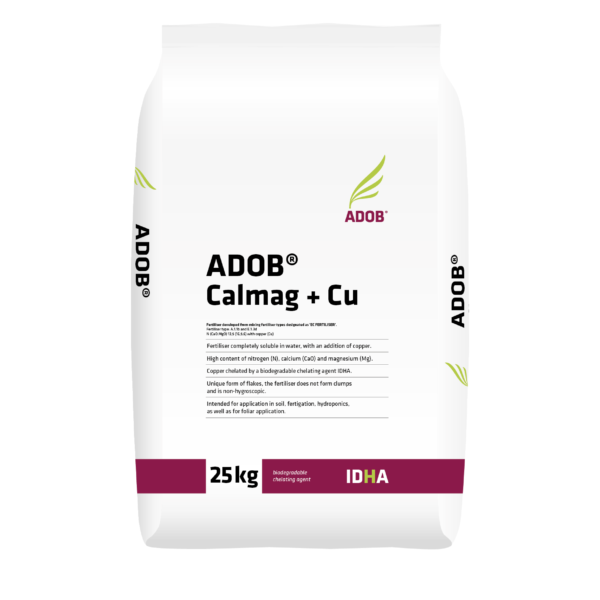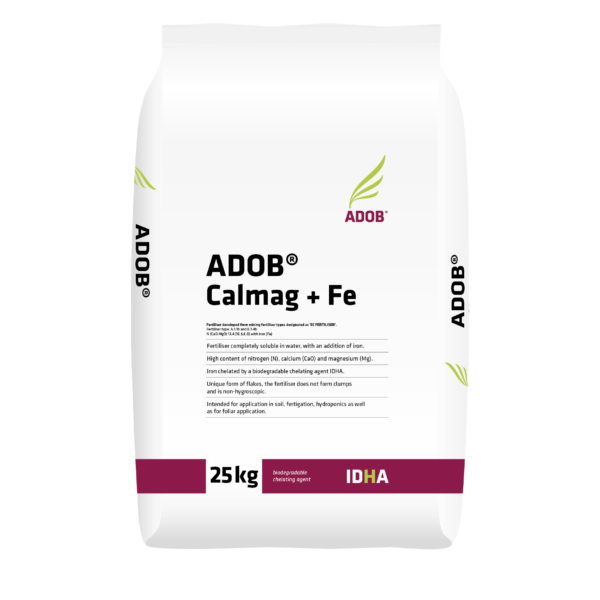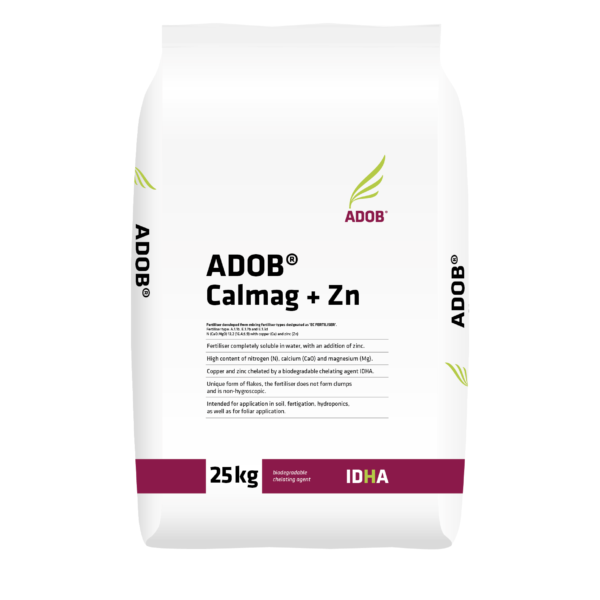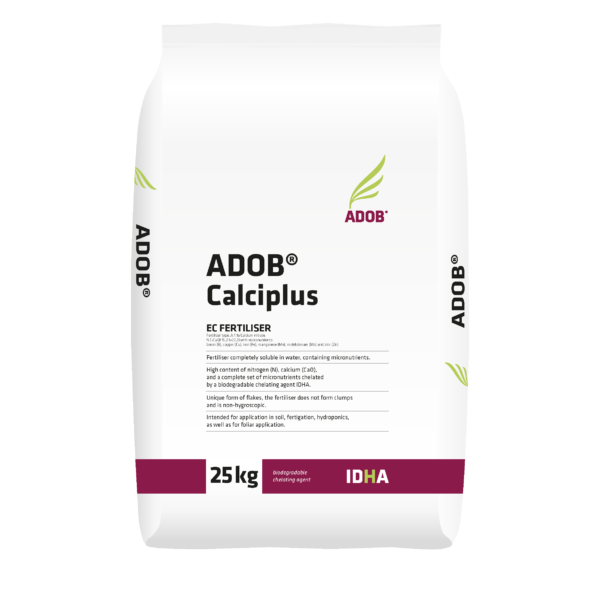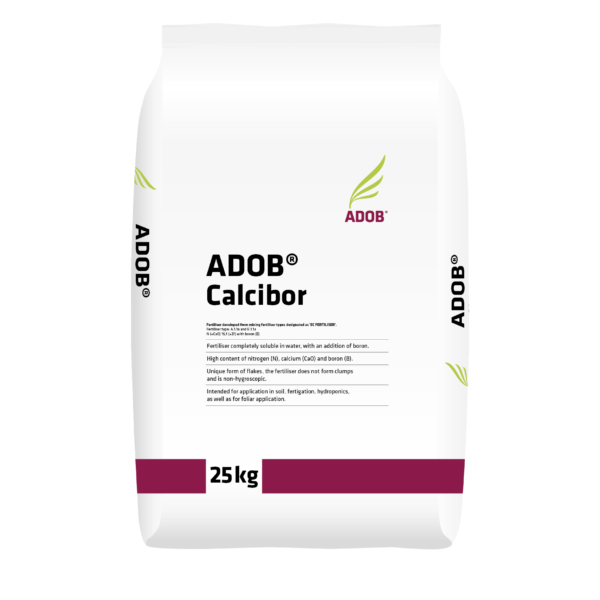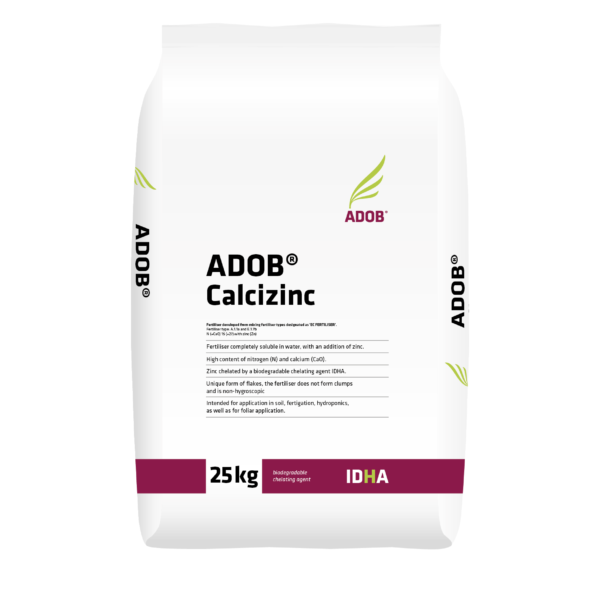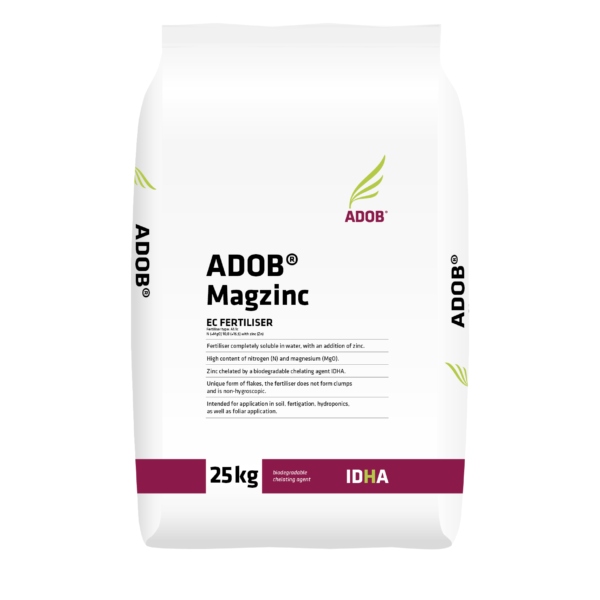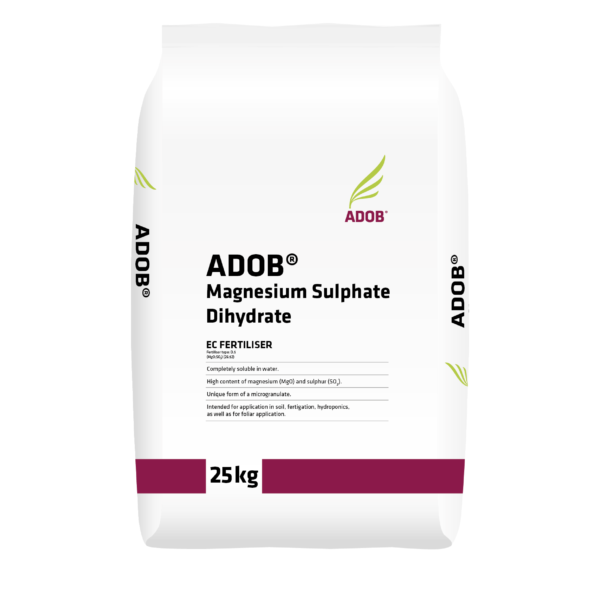Foliar fertilisation is the quickest and most cost-effective way to nourish plants with micronutrients.
All micronutrients (except molybdenum) are absorbed most efficiently by plant roots when the soil pH is acidic at 5–6.5. However, all macro- and secondary- nutrients, which are required at much higher rates, are best absorbed at a slightly higher pH of 6.5–7.5. In light of this, it is most cost-effective to maintain the soil or soilless media at a pH of 6.5–7.5 while applying micronutrients via foliar sprays.

Why should we apply micronutrients to our crops?

To cover the plant’s nutritional needs
The natural condition of most soils worldwide cannot meet the nutritional needs of the plants they support; one or more of the micronutrients these plants need is likely to be deficient or to occur in forms that are unavailable. It is well-established that all macro- and secondary- nutrients are indispensable for obtaining good yield, but micro-nutrients usually get less attention.
To enhance the performance of the plants
The ever-improving genetic potential of plants produces higher yields, which can cause nutrient-mining of the soil unless adequate rates of nutrients are supplied. High yields and good quality depend on supplying the entire range of nutrients; if just one nutrient is deficient, the entire yield or its quality are seriously impaired. As no nutrient can replace another one, all of them must be applied in a precise balance. Since the micronutrients are required at minute rates, it is most cost-effective to apply them by foliar sprays.
For better use efficiency of macronutrients
The availability of micronutrients determines the effective use of macro- and secondary- nutrients. Above all, it determines the effective usage of nitrogen for biomass production.
To intensify physiological processes in the plant
Macro- and micro-nutrients enhance metabolism. Mineral nutrient conditions influence hormone biosynthesis, further supporting close interrelation between hormonal stimuli and nutritional homeostasis. They are also components of many plant enzymes, serving as important factors regulating plant growth and development. When adequately supplied with micronutrients, plants grow more intensively, enjoy better vigour, regenerate more quickly and produce more yield of better commercial value.
To improve fruit development and plant productivity
Sufficient levels of boron support flowering intensity, growth and the functioning of reproductive organs (pistil, anthers, pollen), improving sexual fertilisation and fruit formation.
To enhance resistance to lodging
Copper participates in lignin synthesis and decreases the susceptibility of plants to lodging. Plants with copper deficiency are flabby and brittle, while plants that are adequately supplied with copper rarely lodge.
To achieve high quality yield
Copper, manganese and zinc improve the use efficiency of nitrogen, increasing protein contents in seeds and grain. Calcium extends the post-harvest life of fruits and vegetables.
To increase the winter hardiness of crops
Micronutrients applied in autumn improve the winter hardiness of winter crops. For example, boron facilitates accumulation of soluble sugars, while zinc, manganese and copper enhance the creation of a strong root system.
To enhance plant resistance to abiotic stresses
All micronutrients condition plants to tolerate abiotic stresses such as frost, heat or drought. Well-nourished plants better endure weather anomalies and regenerate more quickly when the stresses are gone.


